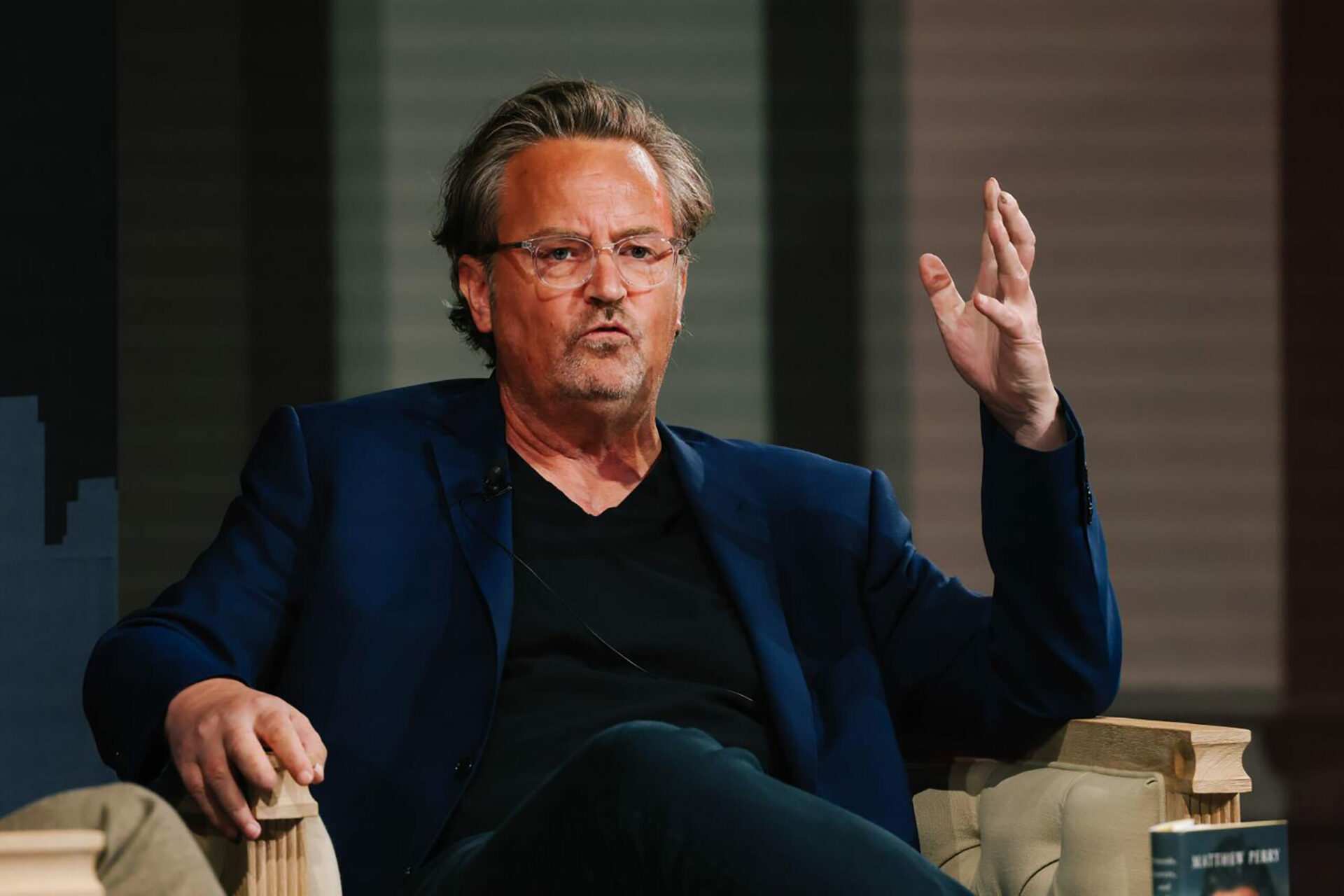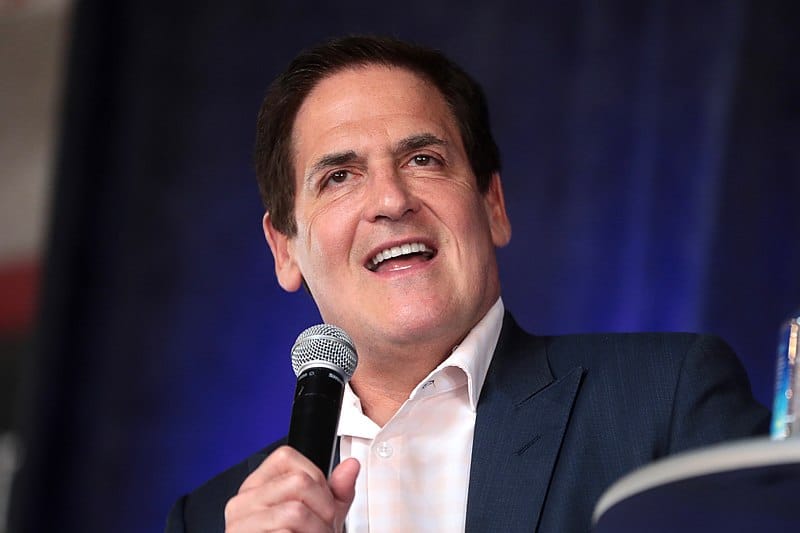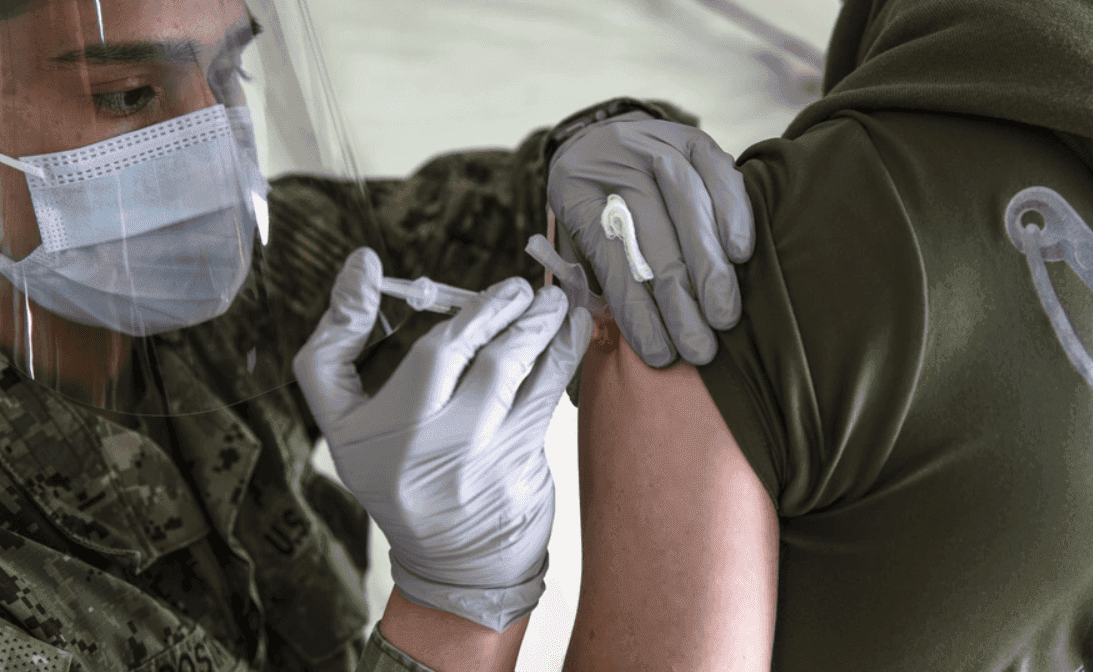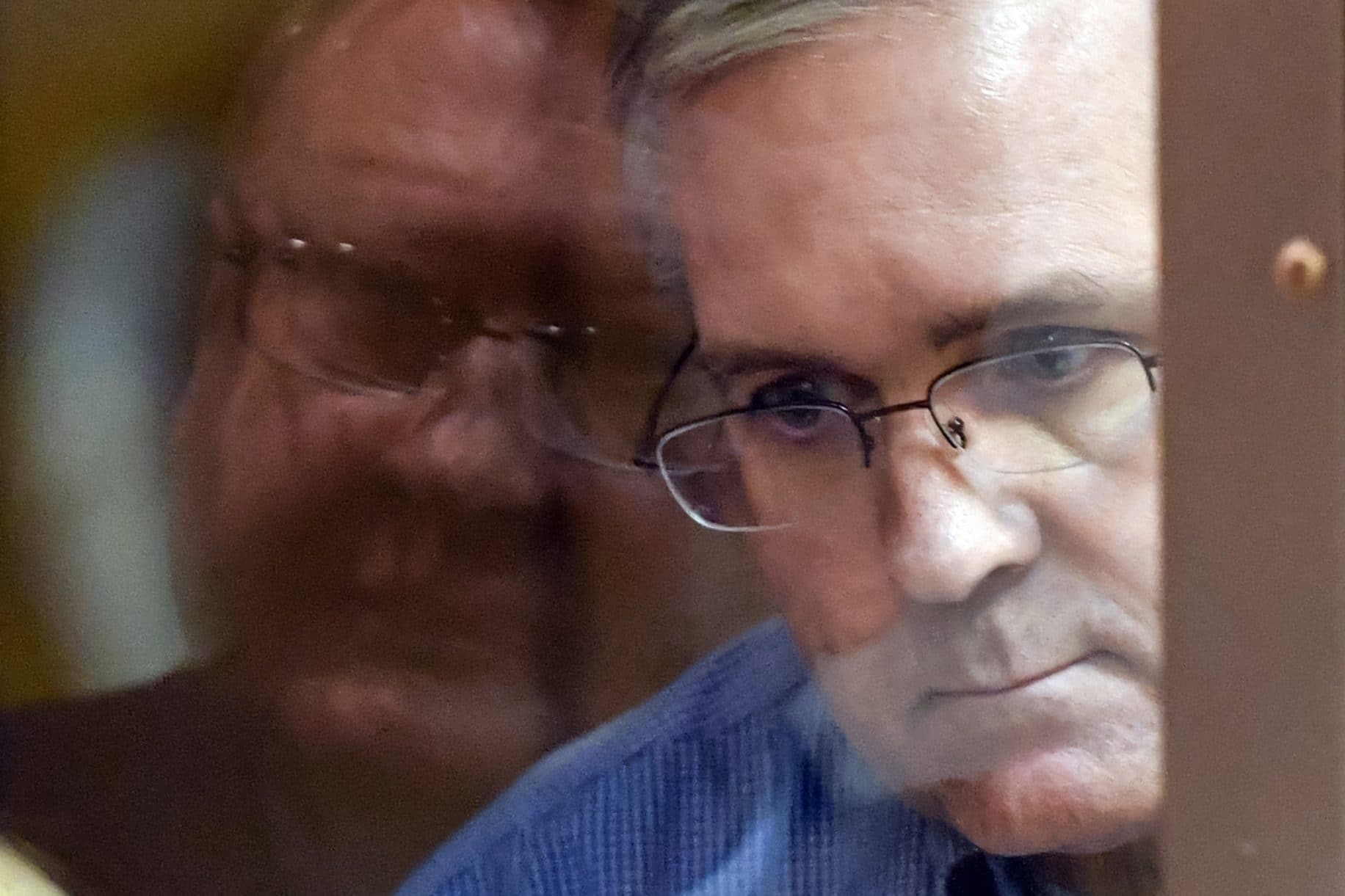In San Francisco, a safety net is under construction at the Golden Gate Bridge to prevent future tragedies.
In New York City, college officials opted for metal screens at a library where students had died. And in Missouri, fencing and steel mesh went up at a Columbia parking garage after a public outcry.
Across the nation, the installation of fencing, nets or other physical barriers at tall structures has become a recognized strategy for preventing suicides. As the Disneyland Resort reels from the third such death in a year, many advocates say that such safety barriers have been shown to save lives.
Experts say that such barriers or obstructions can help buy time for someone to intervene or for a person’s suicidal impulse to dissipate. That can be critical because such feelings can soon evaporate: Most people who survive a suicide attempt do not go on to die of suicide later, studies have found.
Since its most recent death, Disneyland has not publicly announced the installation of new fencing or other barriers, and has not answered questions from The Times about whether it was considering such a move.
“In an effort to deter this type of tragedy, we have long had multilayered security protocols in place at our parking structures, which we have substantially enhanced over time,” a Disneyland Resort spokesperson said in an email. “However, as with all of our security and safety measures, we don’t discuss specifics so as not to compromise our efforts.”
This month, Anaheim police were called to a structure at the Disneyland Resort and found the body of a 24-year-old man. His death is being investigated as a suicide.
People died in similar incidents in February 2023 and December 2022 at the same kind of structure at the Disneyland Resort, according to the Anaheim Police Department. Three others died in the same way in the area in 2010, 2012 and 2016, bringing the reported total to six since 2010.
Installing physical barriers such as fences can help prevent deaths by stopping people from acting on a fleeting impulse, researchers say. In New Zealand, for instance, researchers found that suicides spiked after safety barriers were removed from a bridge, then stopped after barriers were reinstalled.
When someone is suicidal, “their mental state is often in a state of crisis. And so they have less flexibility in their thinking,” said Jill Harkavy-Friedman, senior vice president of research at the American Foundation for Suicide Prevention.
As a result, she said, if a physical barrier stops them from acting, “they’re not likely to shift gears and think of something else … They don’t say, ‘I can’t do that; let me do this instead.’”
If there is a risk of suicide at a site, “there’s really no reason not to put a barrier in and every reason to put a barrier in,” Harkavy-Friedman said.
Neither an Anaheim city spokesperson nor other city officials answered questions from The Times about whether the city had suggested that Disneyland install barriers following the recent incident.
“Our thoughts go out to a family grieving the loss of a loved one and to all who were impacted,” Anaheim Mayor Ashleigh Aitken said in a statement. “We want to respect them and also an ongoing review of the incident.”
“We encourage everyone to continue raising awareness of the tragedy of suicide and the importance of mental health,” she added.
Efforts to construct barriers typically focus on tall structures where deaths have occurred. Parking garages are a particular concern for suicide prevention, because they tend to have open sides and less monitoring than other tall structures, according to the International Parking & Mobility Institute.
Bridges are also a common target of such interventions. In Pasadena, officials have erected mesh fencing at the Colorado Street Bridge and have unveiled several designs for permanent barriers to protect the public. In San Francisco, a 3.5-mile-long network of stainless steel mesh is nearly complete at the Golden Gate Bridge, where roughly 2,000 people have died by suicide since the iconic structure’s opening in 1937.
The $217 million safety netting, which extends 20 feet out from the bridge, was designed to blend in with the span’s architecture. Between 2011 and 2020, there were an average of nearly 34 deaths by suicide at the bridge every year. In 2022, when the first part of the safety barrier was installed, there were 22 such deaths, bridge spokesperson Paolo Cosulich-Schwartz said.
And fatal incidents have continued to decrease as the barrier netting has grown. As of Oct. 31, there had been 13 deaths by suicide at the Golden Gate Bridge this year, Cosulich-Schwartz said.
“Restricting easy access to lethal means reduces suicides,” said Paul Muller, president of the Bridge Rail Foundation, a nonprofit that has advocated for a safety barrier at the Golden Gate since 2006.
In a 2015 analysis of 22 peer-reviewed journal articles on suicide prevention methods, researchers found that measures that physically blocked people from accessing potentially lethal sites such as bridges or train tracks led, on average, to a 91% drop in deaths by suicide at those sites.
“Barriers work,” said study author Jane Pirkis, director of the Center for Mental Health in the Melbourne School of Population and Global Health at the University of Melbourne.
However, some scholars have argued that more studies are needed on their effectiveness. In 2020, researchers in the United Kingdom who reviewed existing studies said they had“methodological limitations.” More research is needed on the “potential for suicide method substitution and displacement,” they wrote.
Veronica Kelley, chief of mental health and recovery services for the Orange County Health Care Agency, said that “while there is evidence that restricting access to means of suicide is an effective approach for preventing suicides, the evidence for preventing suicide by jumping is not well-established.”
“Calling attention to suicide prevention is the most effective way to reduce suicides,” Kelley said.
The Orange County agency is “actively participating in a national campaign with the goal of achieving zero suicides,” she said, and “we can all do our part by calling attention to the fact that suicide is preventable, treatment works, and recovery happens.”
Harkavy-Friedman, who characterized the research on barriers as “quite strong,” said “there’s no reason to have an either/or — we need both. We need public education and we need barriers.”
At some sites where barriers are impractical, advocates have also pushed for signage. Harkavy-Friedman said there is not a lot of research on the effectiveness of such signs in preventing suicide.
Cincinnati-based editor Laura Trujillo learned after her mother died by suicide at Grand Canyon National Park in 2012 that dozens of people had lost their lives in the park the same way. Still, the thought of a barrier along the 277-mile canyon struck her as logistically improbable.
Then in 2018, while visiting her eldest son at the Ohio State University, she saw a flier posted at a site where a student had died. It said: “Remember: You Matter,” alongside the National Suicide Prevention Lifeline phone number.
The simple language struck her. If a person in crisis couldn’t be physically blocked from a dangerous location, she thought, perhaps they could still be deterred from harming themselves.
Trujillo began writing letters to the National Park Service to encourage suicide prevention signs at the canyon. Although park officials never confirmed to her that they were taking any specific action, in 2021 she was sent a photograph of a sign with the Lifeline number inside a free park shuttle bus.
When she saw the photo, Trujillo burst into tears. It was the same shuttle service her mother had taken on her last day.
“I think of my mom sitting there. If that sign was up there, I have no idea if it could have interrupted her train of thought,” she said. But “sometimes, we all need that reminder.”
____
If you or someone you know is struggling with suicidal thoughts, seek help from a professional and call 988. The first nationwide three-digit mental health crisis hotline will connect callers with trained mental health counselors. Or text “HOME” to 741741 in the U.S. and Canada to reach the Crisis Text Line.
___
© 2023 Los Angeles Times
Distributed by Tribune Content Agency, LLC.









